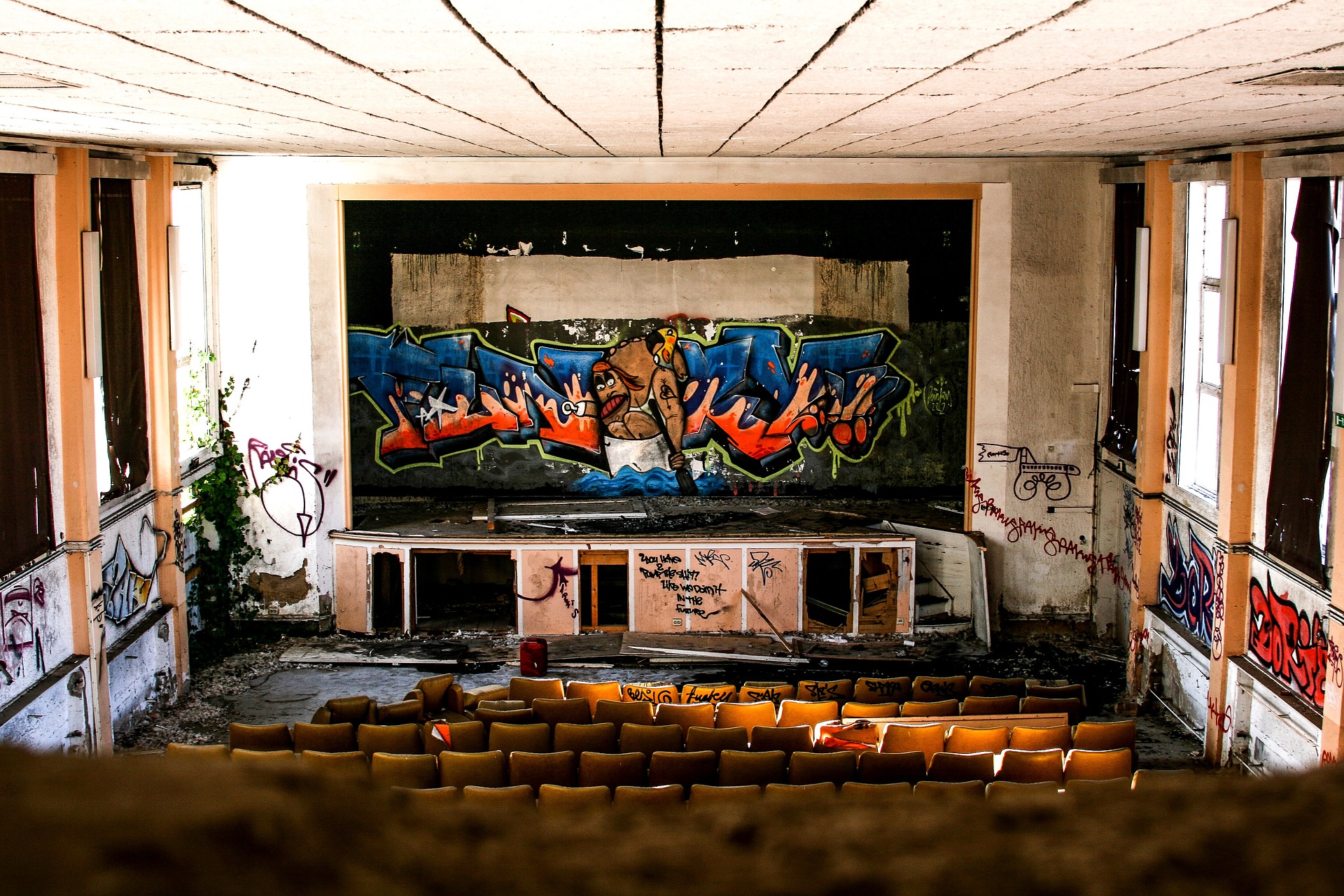From Canvas to VR: The Convergence of Traditional and Digital Art
In this era of technological revolution, traditional and digital art forms are merging in fascinating ways. This article explores the unique convergence of classical art techniques with cutting-edge virtual reality technology, providing a fresh perspective on the ever-evolving arts and entertainment landscape.
Chapter 1: A Historical Context of Artistic Convergence
Artistic convergence is not a new phenomenon. Throughout history, art has always adapted and evolved with technological advancements. From the invention of perspective during the Renaissance to the introduction of photography in the 19th century, artists have consistently embraced new tools to enhance their creative expression. Today, we are witnessing a similar trend as artists combine traditional art forms with emerging digital technologies.
Chapter 2: Virtual Reality: The New Canvas
Virtual Reality (VR) is one of the most innovative technologies transforming the art world. With VR, artists can create immersive experiences that go beyond the boundaries of a physical canvas. The technology enables artists to manipulate their virtual environment in real-time, breaking the constraints of traditional mediums and opening a new realm of artistic possibilities.
Chapter 3: Merging Techniques: The Significance and Reception
The fusion of traditional and digital art forms has profound implications for both artists and audiences. For artists, it provides a new set of tools and techniques to expand their creative horizons. For audiences, it offers immersive, interactive experiences that redefine the very nature of art appreciation. Despite some initial skepticism, this convergence has been largely embraced by the art community, with VR exhibitions gaining popularity at major museums and art festivals worldwide.
Chapter 4: Current Developments and Future Implications
As VR technology continues to evolve, we can expect to see more ground-breaking artistic experiments. Recent developments have seen artists using VR to recreate historical art pieces, providing audiences with an immersive journey into the past. Looking forward, the convergence of traditional and digital art forms is likely to become even more pronounced, pushing the boundaries of artistic expression to new, uncharted territories.
Chapter 5: Insights and Reflections
The convergence of traditional and digital art forms signifies a pivotal moment in art history. As we move forward, it is essential to embrace these technological advancements while respecting and preserving the traditional techniques that form the foundation of art. The fusion of old and new, the tangible and the virtual, reflects the dynamic, evolving nature of art, reminding us that artistic expression is, above all, a reflection of the times we live in.
In conclusion, the amalgamation of traditional and digital art forms, epitomized by the emergence of VR as a new artistic medium, represents a significant trend in the contemporary art world. As we continue to explore this exciting frontier, one thing is certain: the future of art will be as diverse, dynamic, and exciting as its past.





